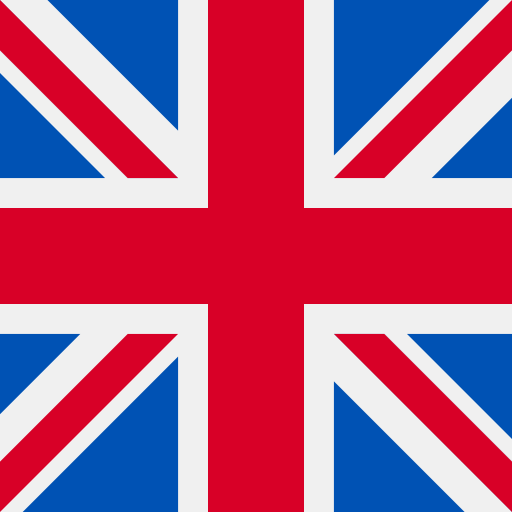What is the main difference between the past perfect and the past continuous tense?
4 answers from our tutors
Best answer
Hi basically, Past perfect is used for accomplished actios in the past . If you use past perfect continuous instead you want to enphasize that the action was in progress in that past Best Regards
The main difference lies in their functions and the time frame they indicated. Past perfect tense, had + past participle Example: She had finished her homework before dinner (The homework was completed before the action having dinner) It also emphasizes the sequence of the events. Pas continuous tense, this tense is used to describe an ongoing action that was happening at a specific moment in the past. The structure is, was/were + present participle: Example: She was studying when her phone rang. (the action of the studying was ongoing when the phone rang.
Past continuous is used to describe ongoing action or event in the past. Past perfect is used to describe an action completed before another past action or a specific point in the past.
Check your English level for free
Take our quick and free test to find out your current level of English
Start test



The past perfect and past continuous tenses serve different purposes and convey different aspects of time in a sentence. **Past Perfect Tense:** - **Formation:** It is formed using "had" + past participle of the verb (e.g., had eaten, had gone). - **Usage:** The past perfect tense is used to indicate that an action was completed before another action or point in the past. It establishes a timeline by showing which event happened first. - Example: "She had finished her homework before she went to the party." In this sentence, the completion of the homework occurred before the action of going to the party. **Past Continuous Tense:** - **Formation:** It is formed using "was/were" + present participle of the verb (e.g., was eating, were going). - **Usage:** The past continuous tense is used to describe actions that were ongoing or in progress at a specific time in the past. It often sets the scene or provides context for another action.